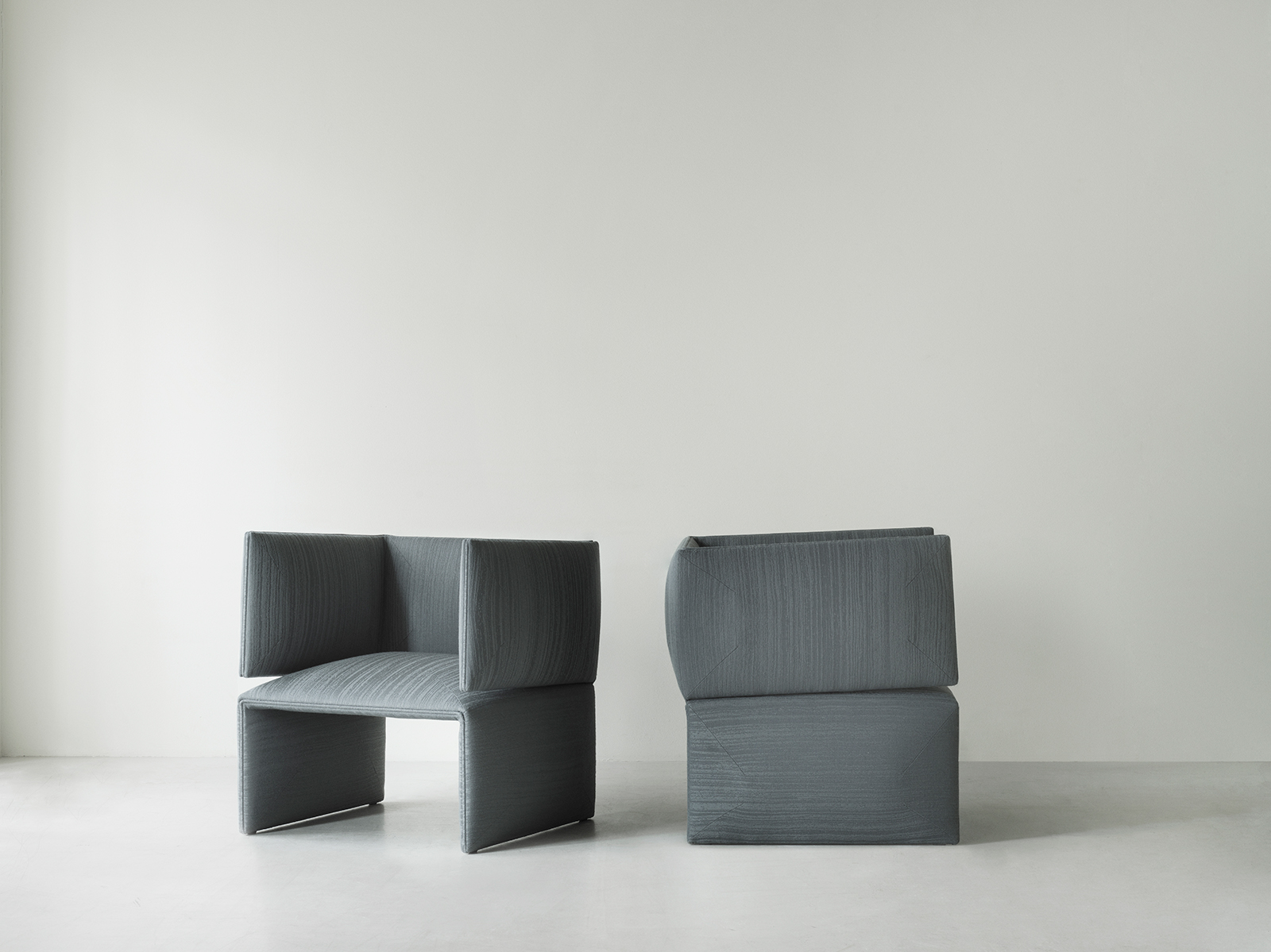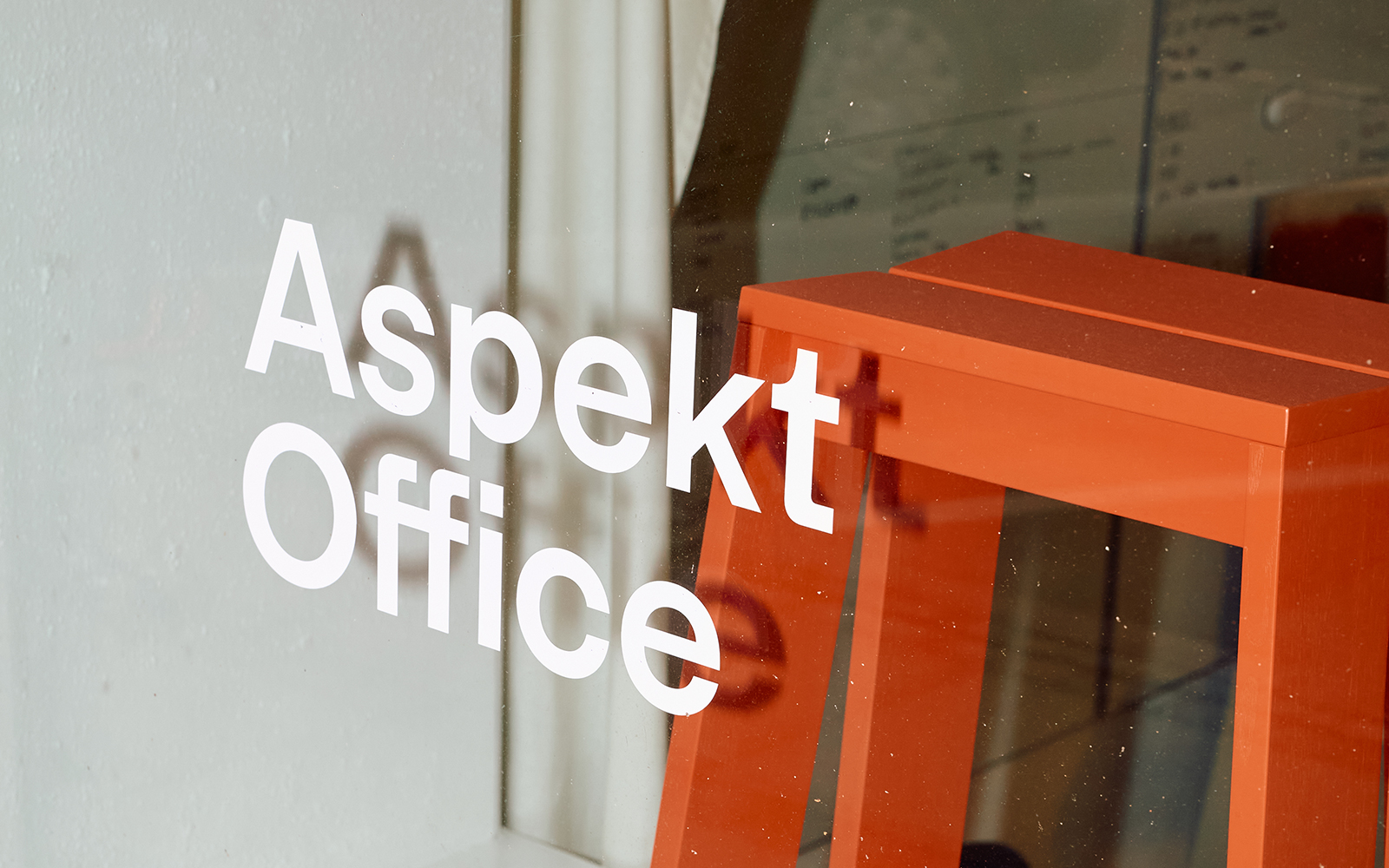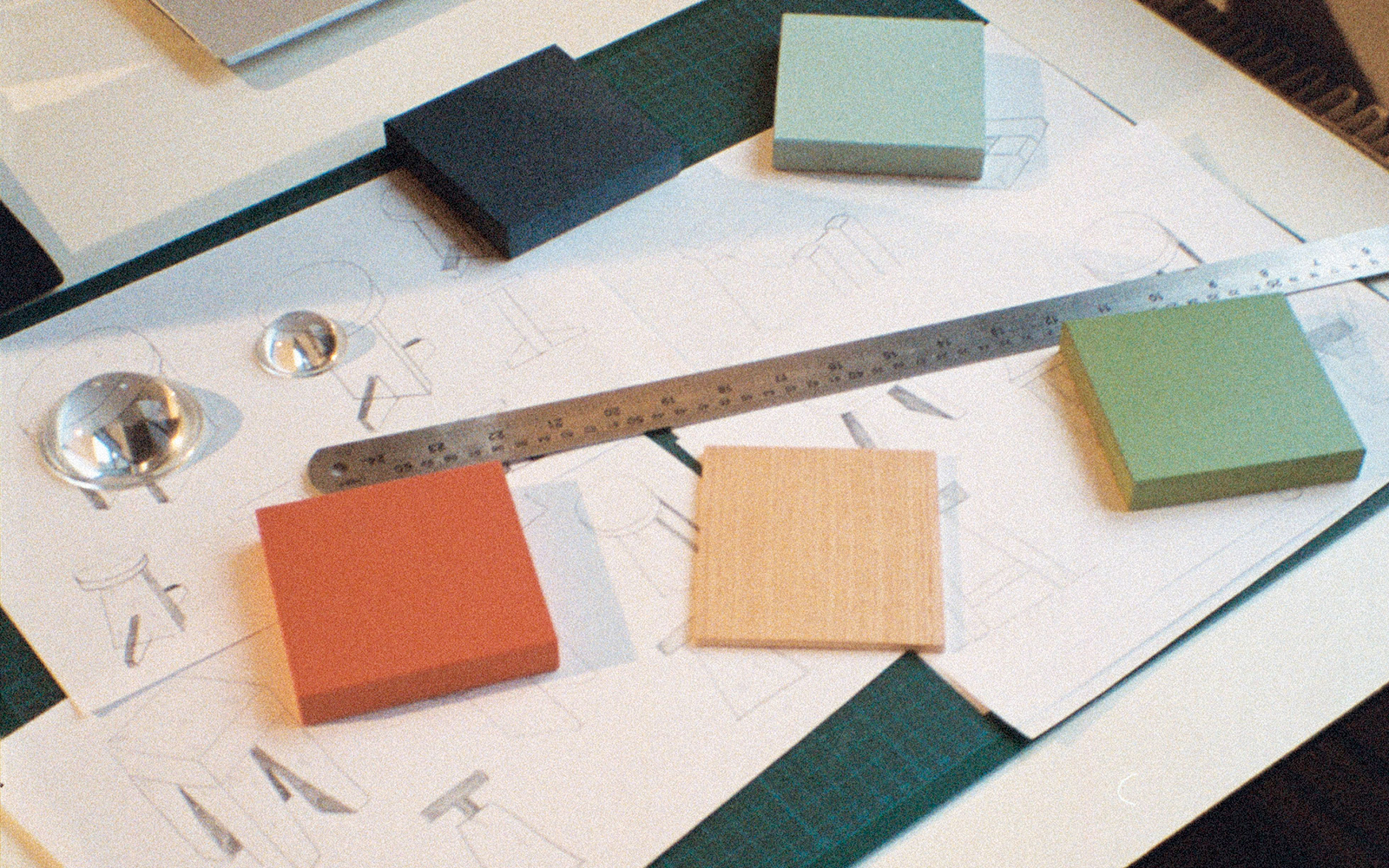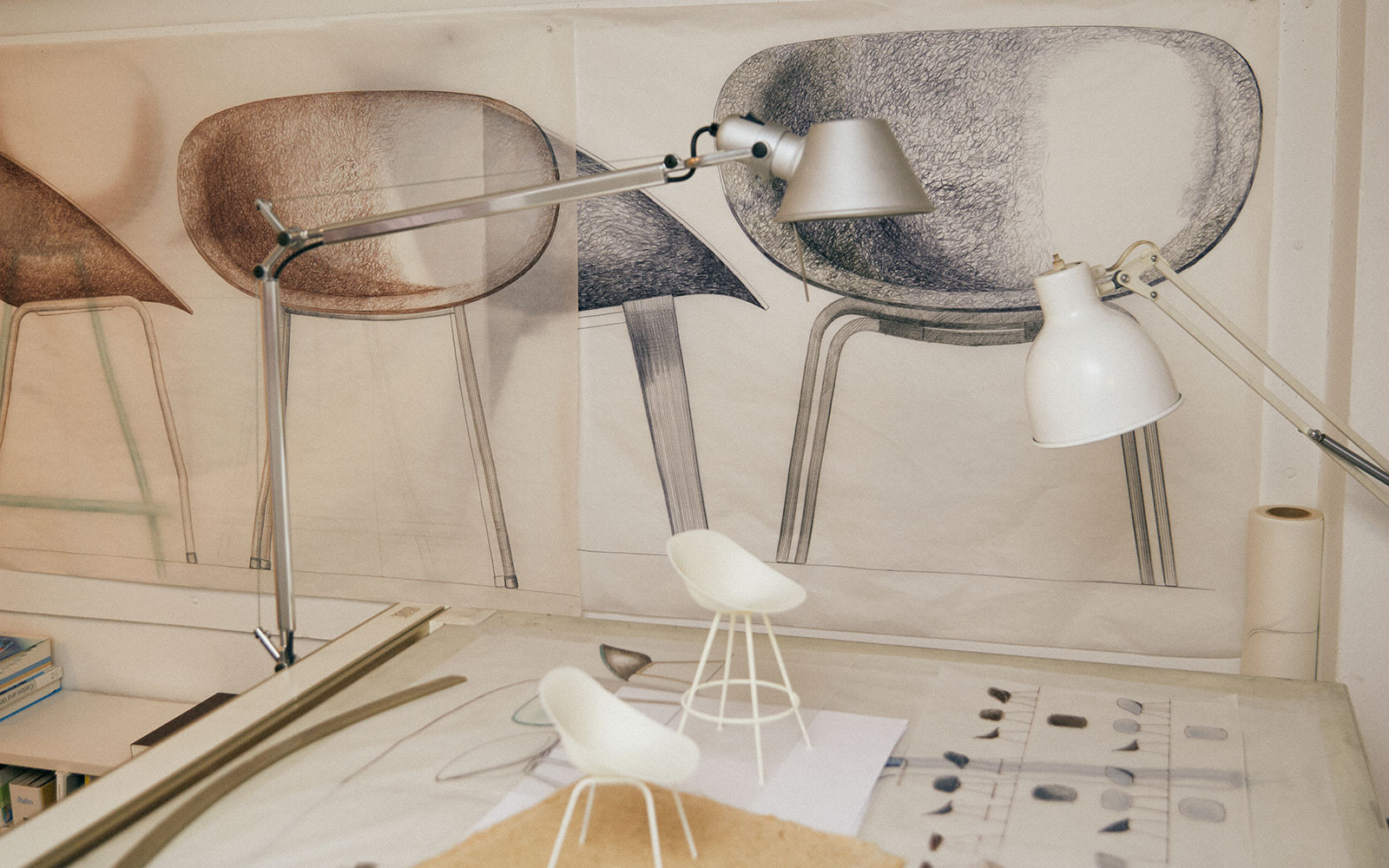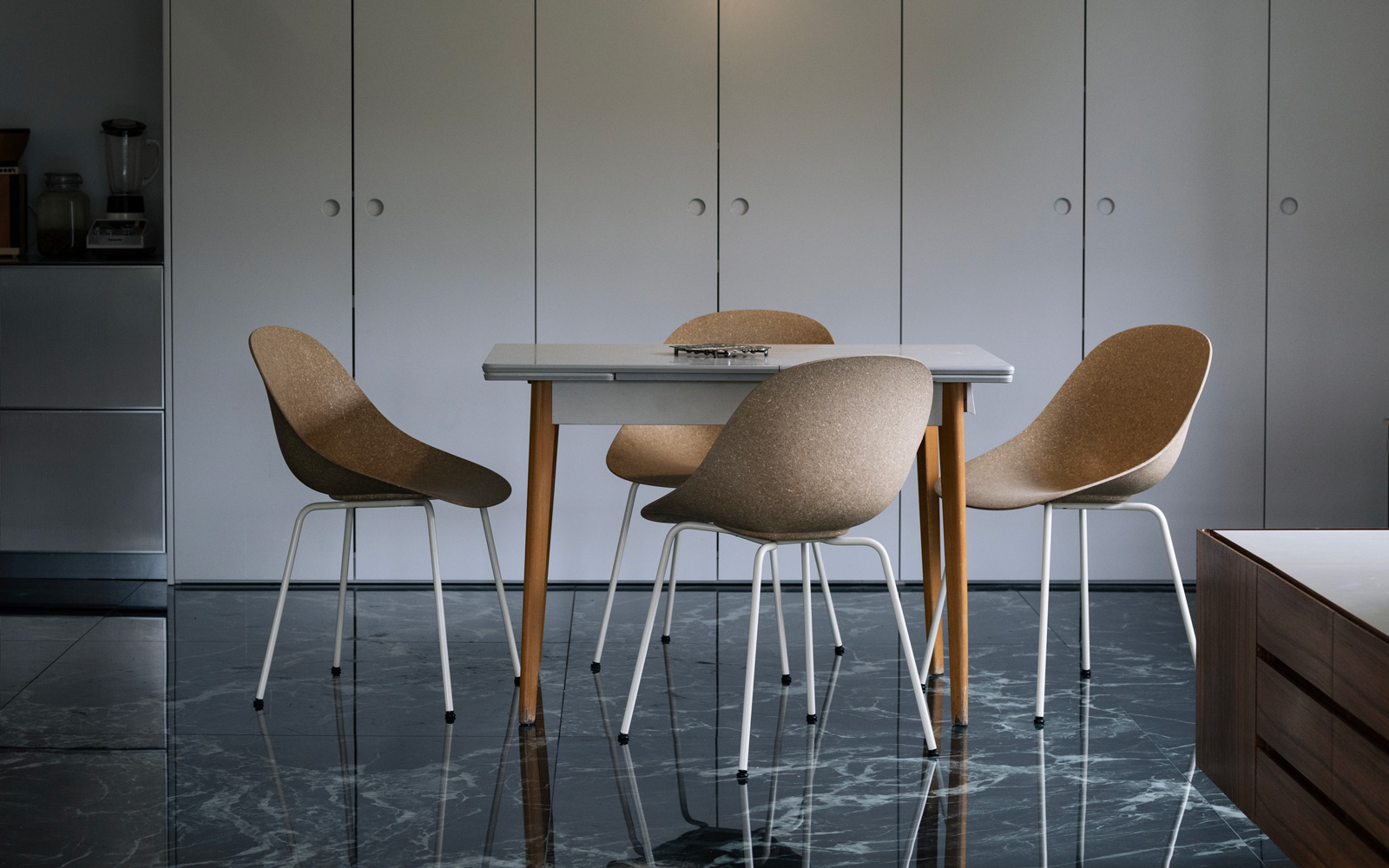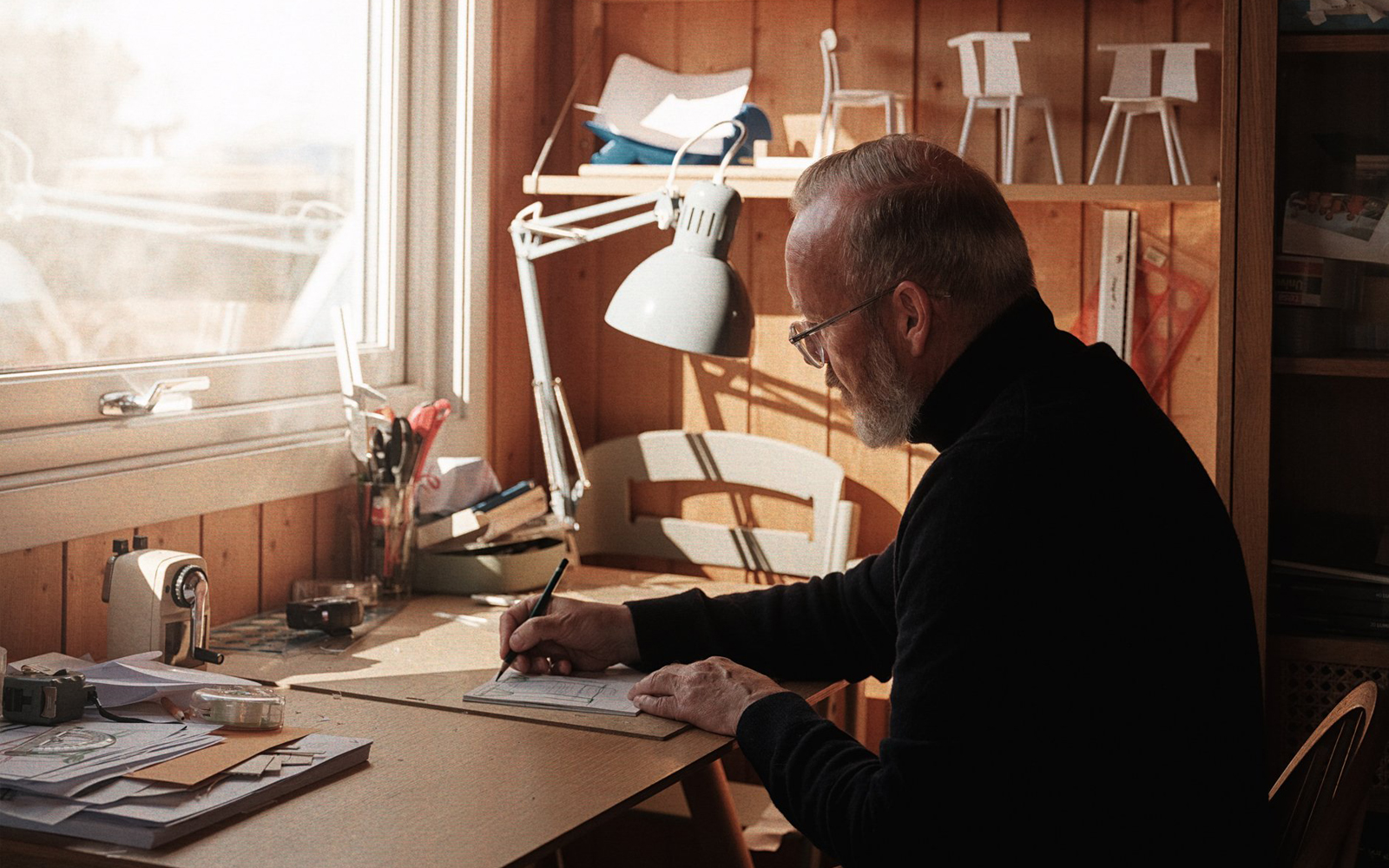
DESIGNER SPOTLIGHT – OLE PETTER WULLUM
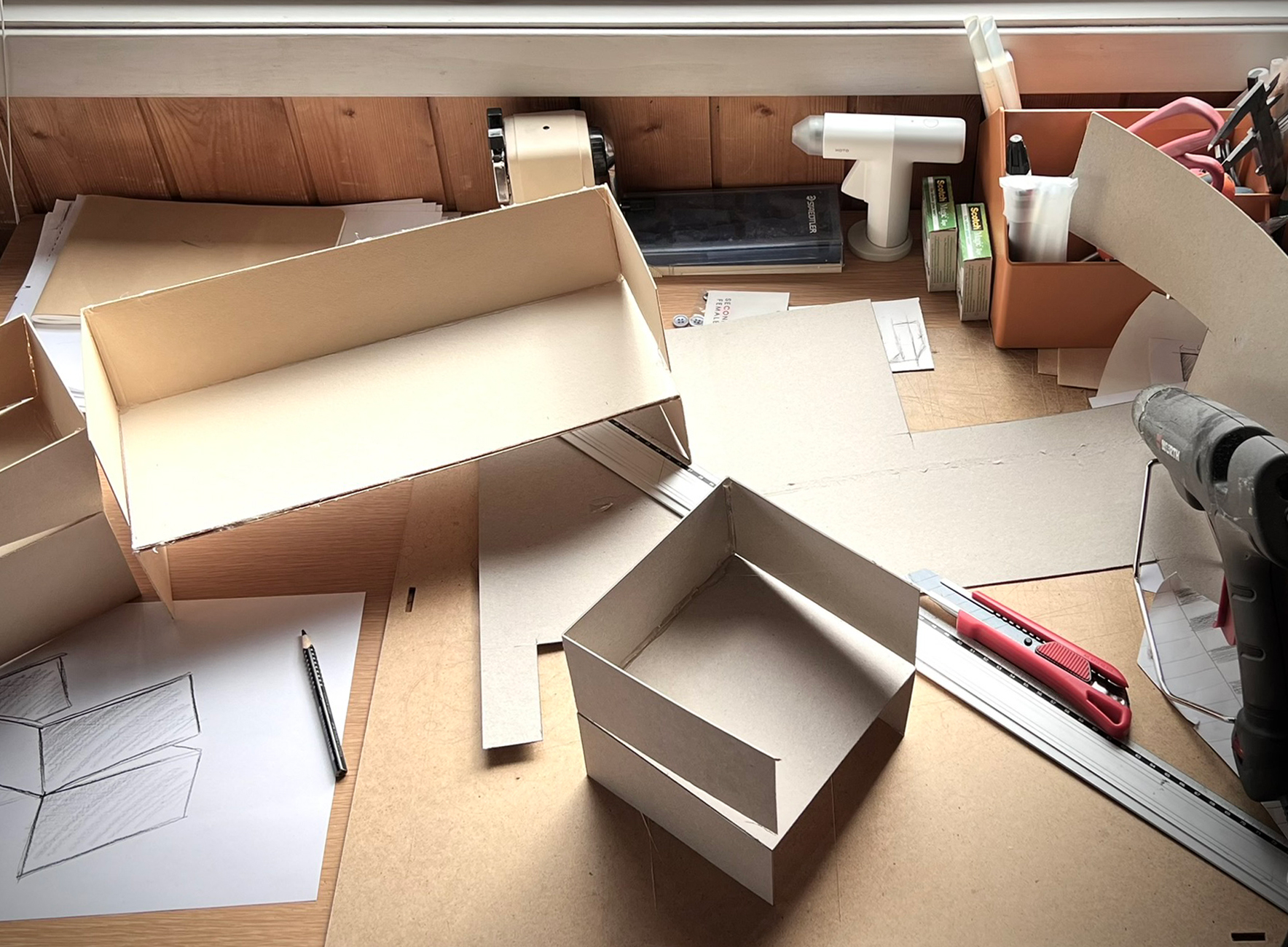
Growing up in the suburbs of Trondheim in the 1970s, Ole Petter Wullum’s first brush with creativity came through music—more specifically, the raw energy of punk rock. A scene that encouraged a DIY culture, that spurred him to make his own clothes, printing t-shirts, recording music, and publishing zines, and soon grew into a fascination with drawing and form as tools for both expression and thought. A documentary about Alvar Aalto eventually sealed the deal: not through buildings, as one might expect, but through a single door handle. “It made me realize that everything around us is shaped by someone,” he recalls. That simple realization quite literally and figuratively opened the door to design.
For Wullum, design has always been more than problem-solving—it’s about cultivating form so that it speaks. He describes it as a bridge between the rational and the poetic, a way of making function express meaning. His FOLD chair for Normann Copenhagen, for instance, emerged from the idea of a sheet folding into a chair, where the structural solution and the visual narrative are one and the same. “Every line, angle, and surface contributes to both use and meaning,” he explains.

Over the years, his work has shifted from raw, intuitive experimentation to a refined practice of clarity and reduction. What remains constant is his philosophy: design should be democratic, accessible, and enduring. Industrial production plays a key role in this, allowing him to create objects that use minimal resources yet offer maximum value. “I consciously avoid the spectacular,” he says. Instead, he searches for subtlety within the familiar—objects that feel safe and recognizable, but also hold the quiet capacity to surprise.
Inspiration, for Wullum, is never abstract. It’s deeply tied to life itself. Children’s furniture arrived during the years he was raising small children; cabin projects took shape after he acquired one himself. Beyond lived experience, art and film feed his imagination, enriching his sense of design as a cultural and narrative act. His passion for drawing—something he describes as essential as breathing—remains his most personal ritual.
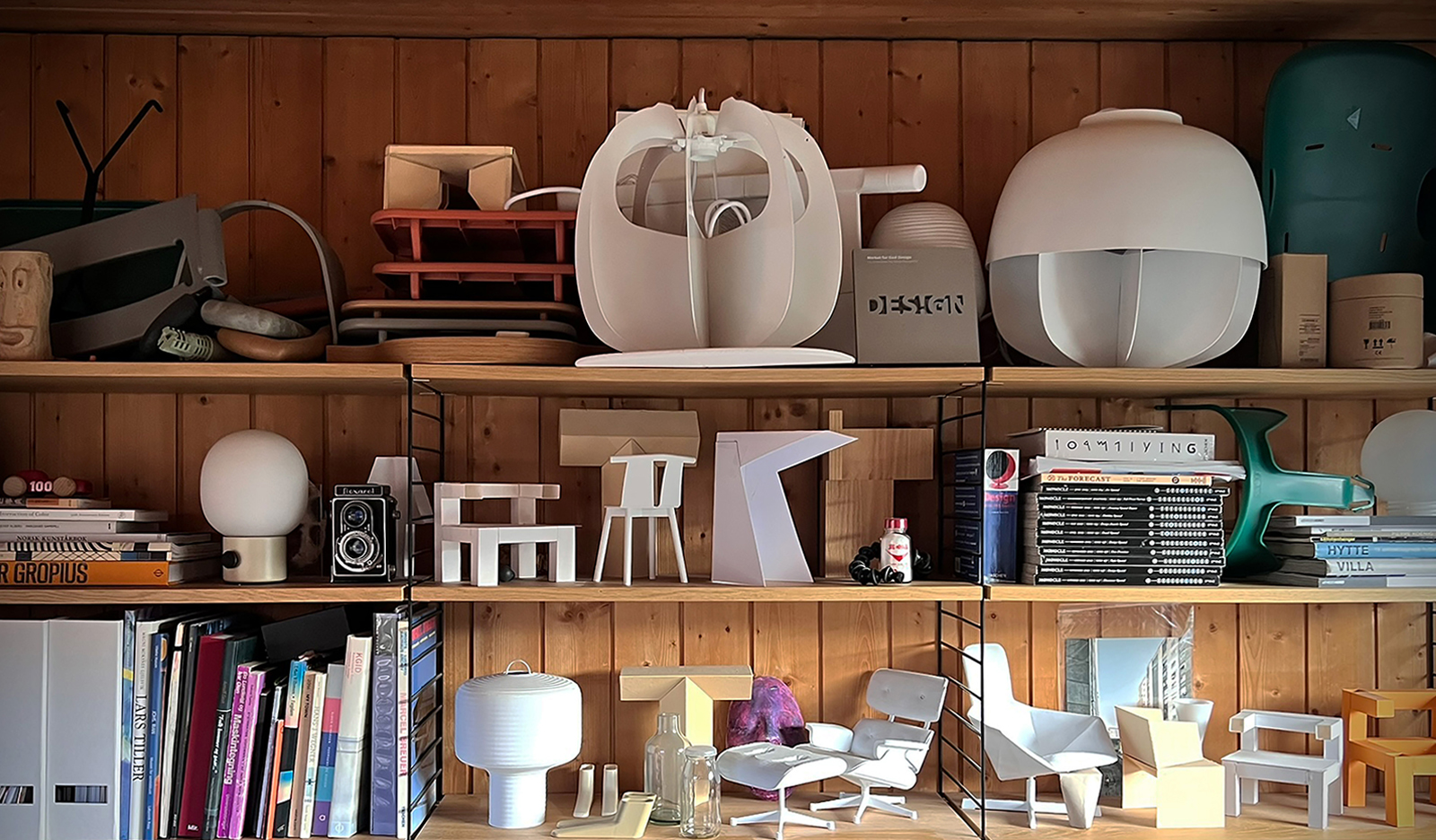
At his home Wullum surrounds himself with objects that carry the traces of life. His 1960s listed house, clad in pine panels that have aged beautifully over decades, holds two cherished companions: a well-worn J39 chair by Børge Mogensen and a Wing Chair by Hans J. Wegner. Both, he notes, are far more than furniture—they’re part of his daily rhythm, one of them being used for his morning coffee and the other one is the chair in which he works. ‘’My home and the objects I surround myself reflect my deep appreciation for wear and age. There is nothing more beautiful to me than something visibly used - where time, touch and repeated use have left their marks’’ he adds.
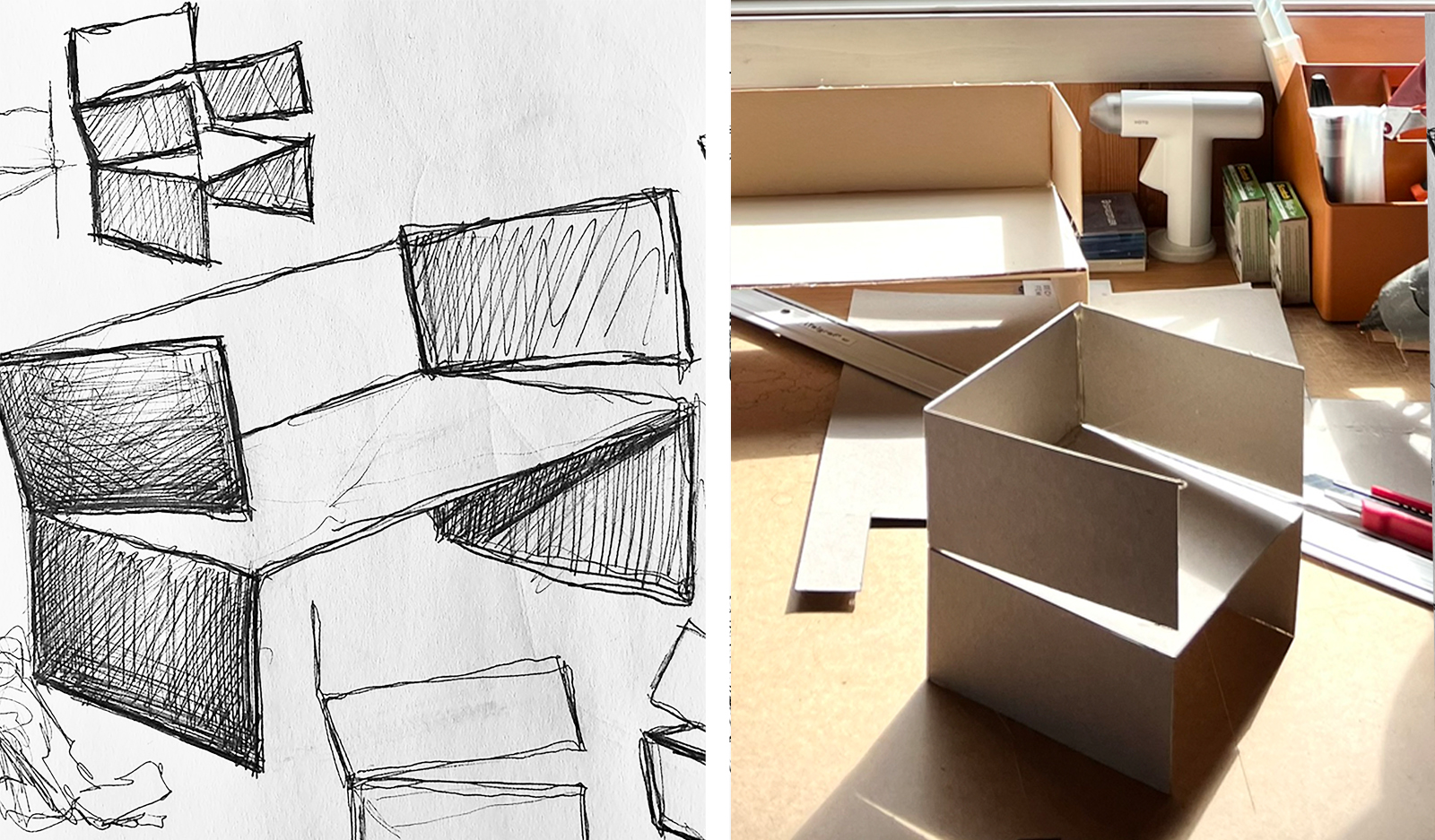
When asked to imagine a different career, Wullum says he could see himself as a baker: “To me, the two are deeply connected—both involve refining raw materials into a thoughtful composition.” It’s an analogy that captures his design ethos well. Whether kneading dough or shaping a chair, he is drawn to the same pursuit: clarity, substance, and the quiet beauty of something made to be lived with and used.
For Wullum, design is not about the spectacular but about the everyday—the poetry found in use, wear, and the subtle ways in which objects become part of our lives.
For Normann Copenhagen, Wullum has designed the Fold Armchair
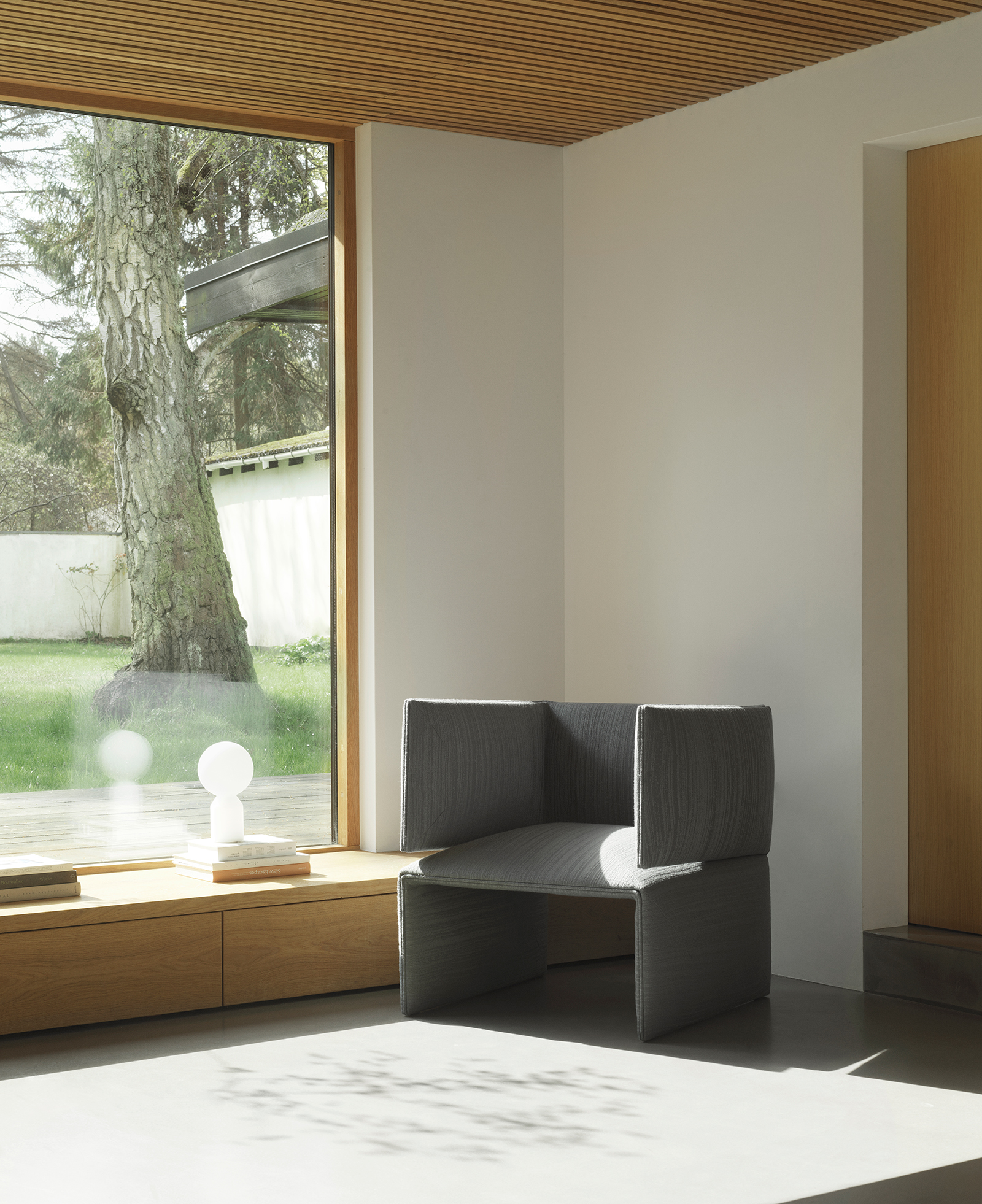
Quick Ones
Design piece you admire: The Bic Cristal M PenA film you return to: Once Upon a Time in America
A dish you love: Pasta Vongole
An artist/band that brings you joy: New Order
Something completely random: “Design matters. As designers of everyday objects, our work may be quiet, but its impact is lasting.”
